Whether it’s accomplished using a preserved specimen, a 3-D model, or a computer-based virtual dissection, hands-on investigation of an animal’s anatomy can anchor a wide variety of biology and zoology lessons. A student can examine everything from the contour of its limbs and the length of its tail to the relative proportions of its inner organs. Considering how an animal is put together weaves together concepts of taxonomy, physiology, and ecology.
A student dissecting a perch, for instance, links the biomechanical picture of the fish’s body shape and form with the interior morphology of its muscles. The skull structure of a rat prompts a discussion of the animal’s ecological niche. From that, students may glean some of the secrets to its globe-hopping success.
Comparative Anatomy
But why stop there? There are still more fundamental explorations to be made. Discover anatomical similarities and differences across animal species and classes. Unearth profound insights into adaptation and speciation that naturally flow from them. Zooming in from the whole animal to its internal tissues, organs, and cells helps students reflect upon the different organizational scales of life. They may recognize a systems concept that can be extended all the way out to the biosphere as a whole.
Anytime we can emphasize how scientific disciplines overlap and inform one another, and anytime we can emphasize the link between fine-focus concepts and big-picture ideas, we’re succeeding at being science educators. A dissection lab reveals nuggets of the mysterious inner workings of an organism. It suggests the parallels between creatures as seemingly disparate as a crayfish and a human being. This sets the stage for driving home some of those important connections in the classroom.
Check out our full inventory of dissection supplies from Frey Scientific!
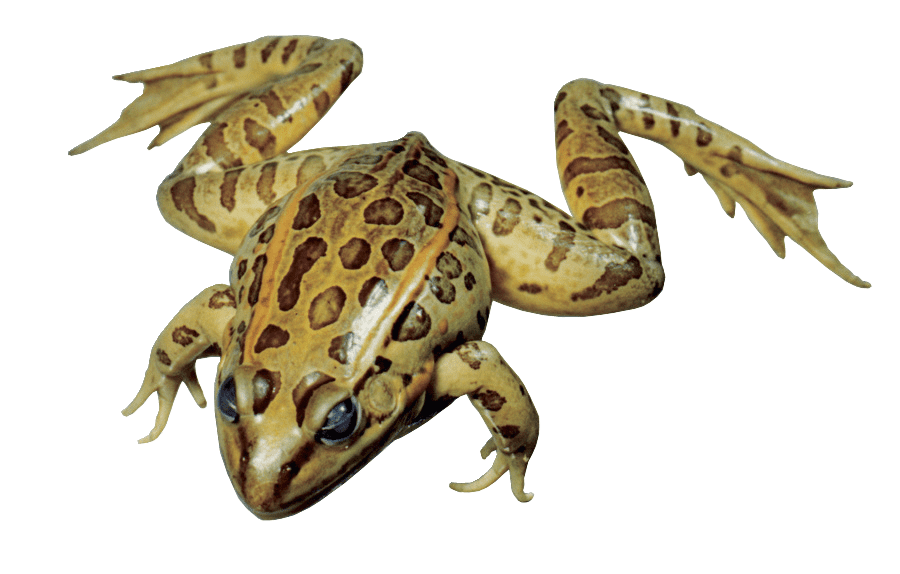
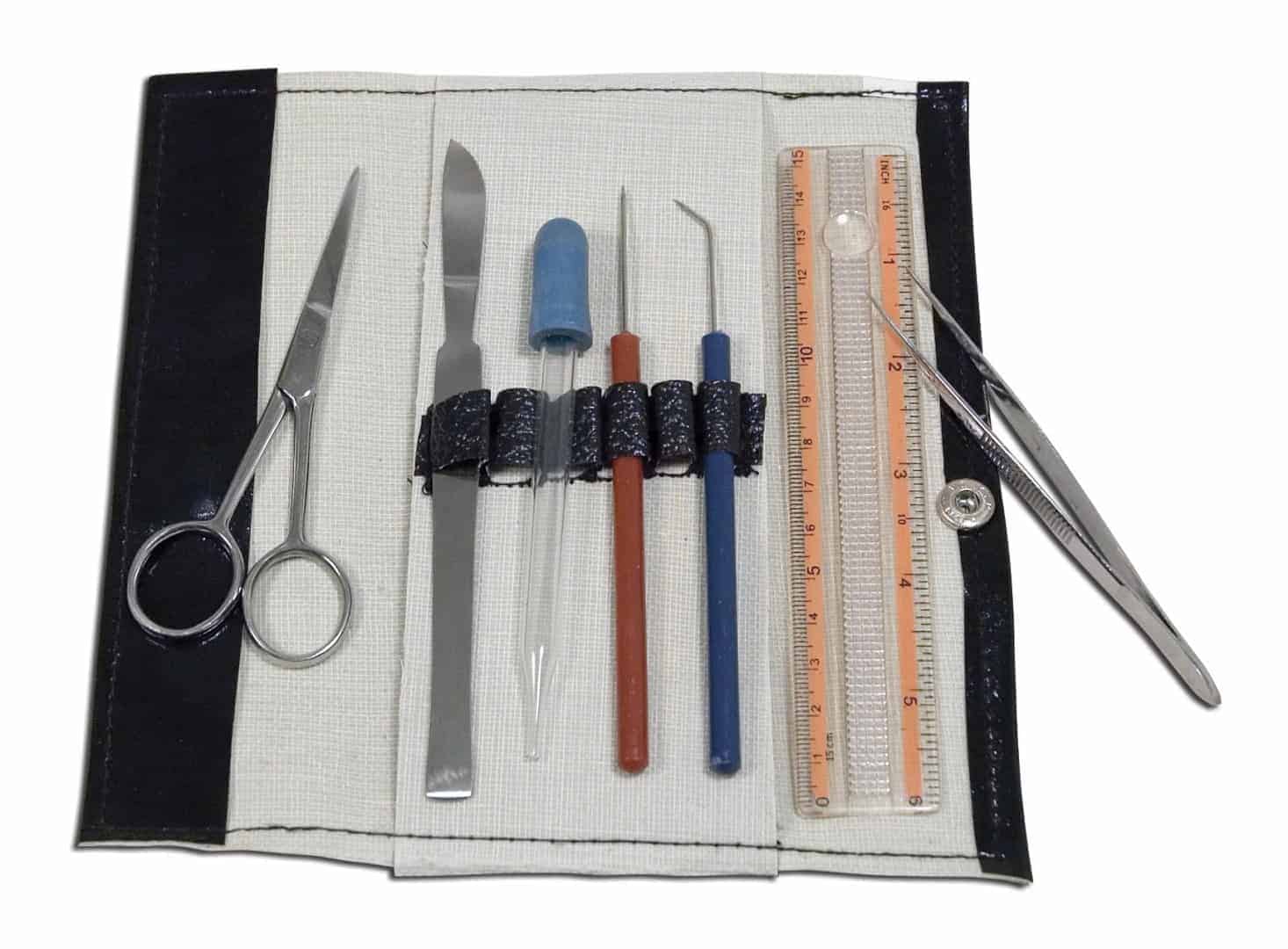
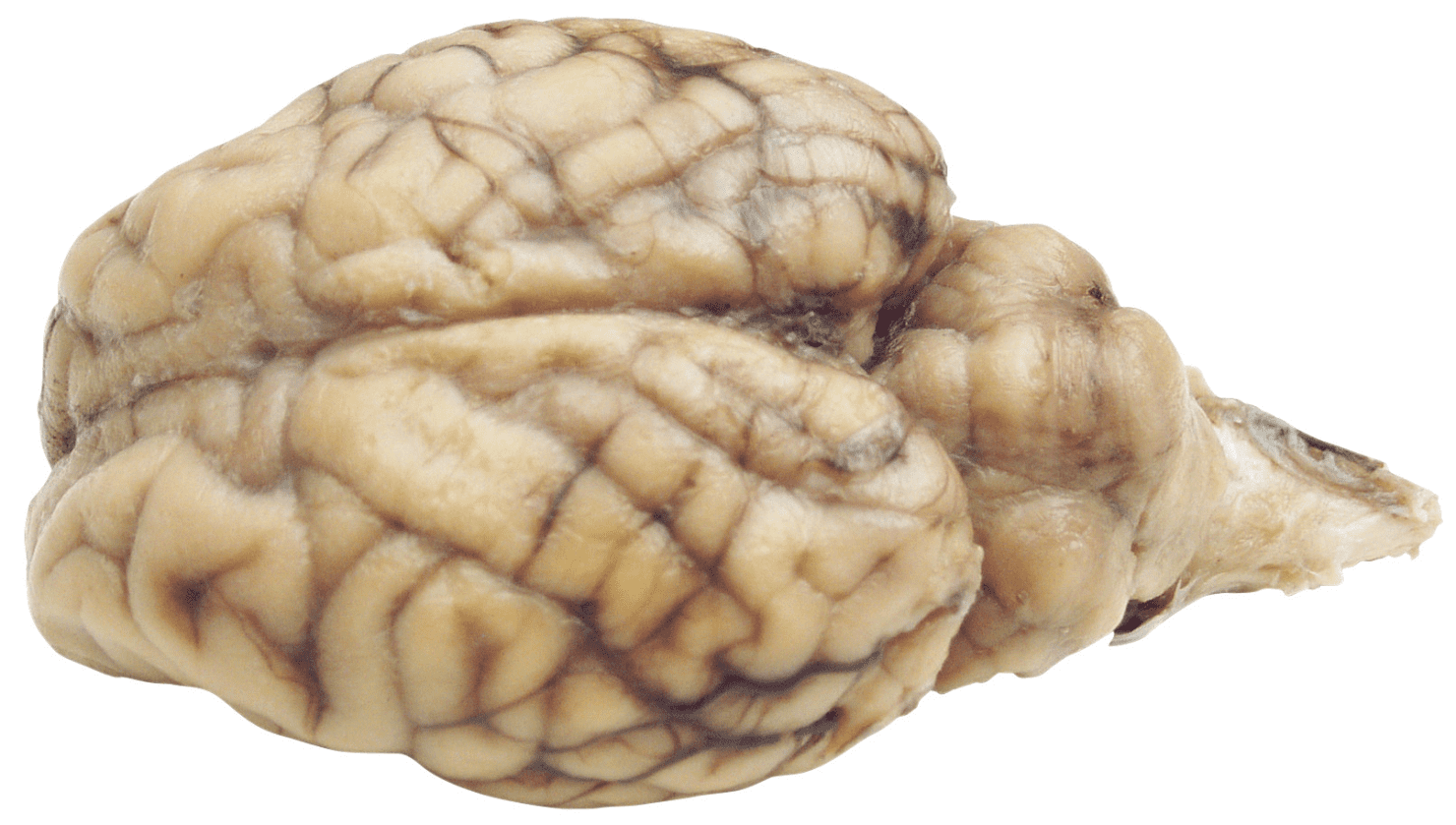

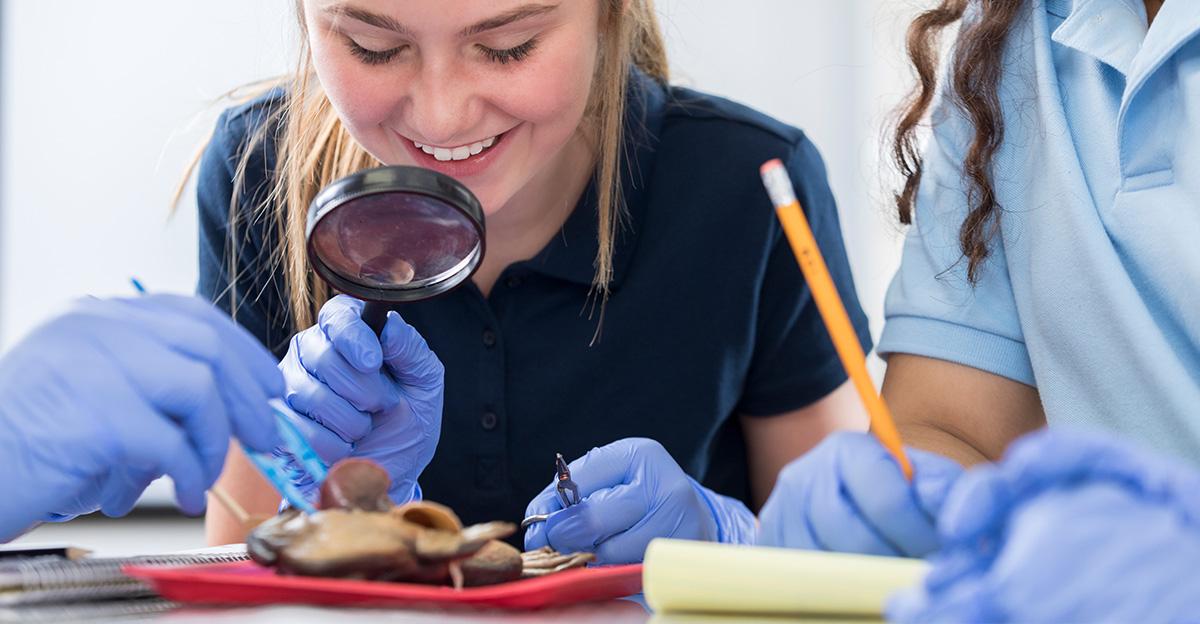



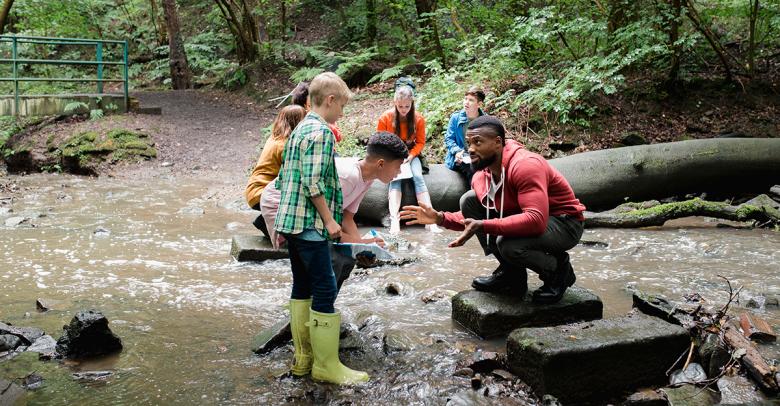
Leave a Reply